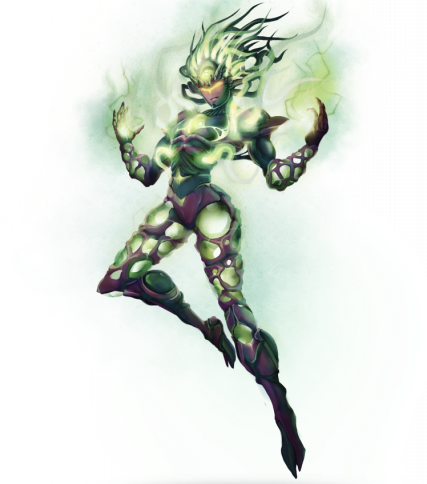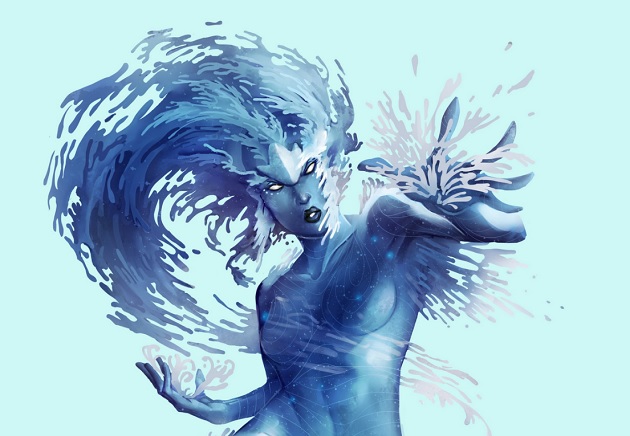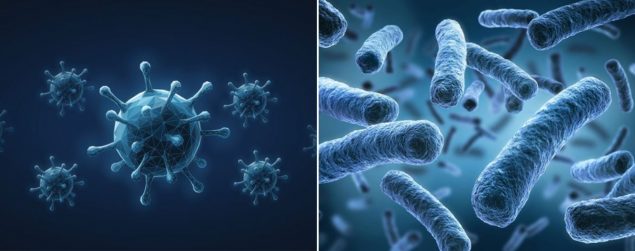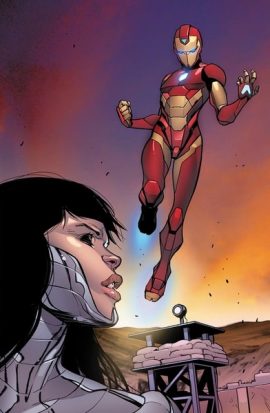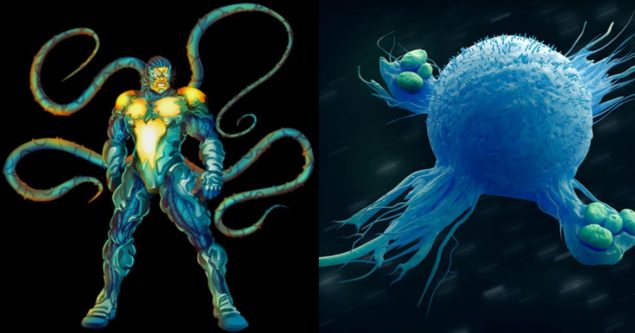Related Resources
The lifespan of a single fibroblast cell is between 54 and 60 days. But these brave protectors of our body sure know how to make those days count!
Alongside lymphocytes and microphages, they work hard to keep us healthy.
In our BioWars digital comic books, fibroblasts are personified as the caring, brave and “Gentle Warrior” named Sutura.
But – what are fibroblasts exactly?
As you read on, you’ll learn about how Sutura and her caring squad hold just about everything in the BioCosmos together, and do a lot of great things in your body as well!
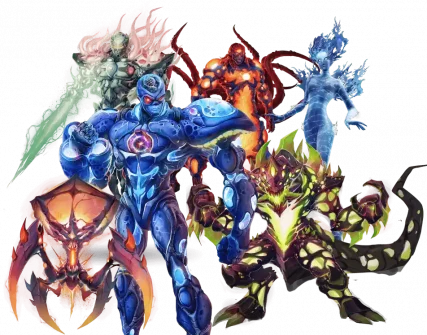
What Are Fibroblasts?
Fibroblasts are a unique type of biological cells. One of the most interesting facts about these cell types is their ability to switch their roles, depending on what’s being required inside both animals and humans.
The suffix “blast” denotes either a stem cell or a cell in activated state of metabolism in cellular biology.
In terms of their structure, fibroblasts are large, flat and elongated cells with processes that extend from the cell body’s ends. Their nucleus is fat and oval and they produce tropocollagen, the forerunner of collagen, which fills the spaces between cells and fibers in connective tissues.
When they’re just doing their day-to-day job, fibroblasts work in a less active state, where they perform a wide range of duties involved in the maintenance and metabolism of your body’s connective tissues.
What Is The Difference Between Fibroblasts & Fibrocytes?
When your biology is operating normally, fibroblasts take on the role of a fibrocyte, which makes sure your organs and other tissues are healthy and strong in order to keep your body’s processes running smoothly.
According to Nature magazine, fibrocytes are less active than fibroblasts.
Fibrocytes are considered less active than fibroblasts. In some instances, both fibroblasts and fibrocytes are referred to as fibroblasts. In terms of morphology, fibroblasts are distinct from fibrocytes by their abundance of rough endoplasmic reticulum and their larger size.
Nonetheless, when these fibrocytes are stimulated inside the body, which typically occurs due to some type of injury, they are triggered into their second and more active phase known as the fibroblast. And it’s when they become a fibroblast that the biological heavy lifting really takes place.
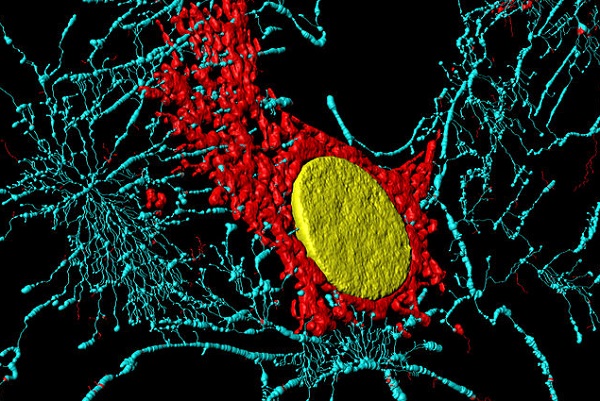
What Is Fibroblasts’ Function?
Fibroblasts are derived from mesenchyme, the same as all other connective tissue cells.
Beyond producing the extracellular matrix — which is a fancy way of saying they provide structural support to the body — fibroblasts also participate in the production of collagen.
Of all the proteins in the human body, collagen is the most abundant and can be found in everything from bones and muscles to skin, tendons and ligaments. In fact, collagen is the primary component of this particular extracellular matrix, working as the literal glue that binds your body parts and keeps everything in its proper place.
Without collagen, our bodies would literally fall apart. But more than that, collagen and other products synthesized by fibroblasts give the kind of support every accident-prone person needs: the ability to heal.
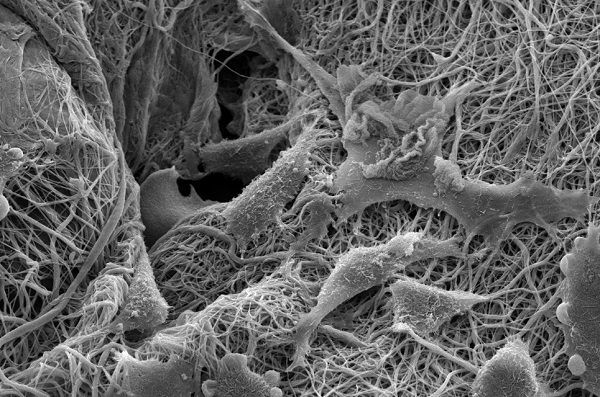
What Do Fibroblasts Produce?
Besides collagen and the extracellular matrix, fibroblasts can produce several more important proteins:
- Elastin: This protein is like a rubber band. It’s super stretchy and even more flexible than collagen, allowing our tissues to return to their original shape after stretching.
- Reticular fibers: These delicate fibers are a form of collagen. They surround lymphoid organs such as spleen and lymph nodes, keeping them safe and cradled.
- Fibronectin: Fibroblasts secrete fibronectin to glue connective tissues to other tissue types.
What Are Connective Tissues?
In animals and in humans, fibroblasts are the most common cells of connective tissues.
Connective tissue is one of the four basic types of tissues, along with nervous, muscle and epithelial tissues.
The cells of connective tissue include mast cells, leucocytes, macrophages, adipocytes and fibroblasts.
Connective tissues develop from the mesoderm and are found in between all the other tissues in the body, including the central nervous system, where three outer membranes that envelop the brand and spinal cord are all made out of connective tissue.
There are three main components of all connective tissues: elastic and collagen fibers, cells (including fibroblasts) and ground substance.
Different science authorities are in discord regarding whether blood or lymph can be classified as connective tissue – the reason being, they lack the fiber component. They are all, instead, immersed in body water.
Fibroblasts’ Healing Stages
If you’ve ever gotten a cut on your finger, one of the first things that takes place is a rush of platelets to the injured area that promotes blood clotting in order to close up the wound.
Then, white blood cells move in to clear the area of any damaged or dead cells and remove any potentially hazardous microbes or debris that don’t belong there.
Where fibroblasts come into the picture is during the next phase of wound healing, which usually takes place after platelets and white blood cells have completed their duties.
At this stage, fibroblasts get to work by both producing and building a new, temporary extracellular matrix that supports the protective cover (or scab) created by epithelial cells.
As the wound heals, a specialized type of fibroblast begins to pull the wound back together, and hopefully leaves the area without permanent scarring.
From here, fibroblasts begin their remodel of the wounded area that’s already been healed to a large degree, using collagen to bring that part of your body as close to its original condition as possible and wrap up the project.
While the job that fibroblasts perform may be complex, they’re certainly cut out for the important position. So, the next time you cut your finger or you’re feeling grateful that your body somehow magically holds itself together, just know that millions and millions of fibroblasts are working hard to make it all happen.
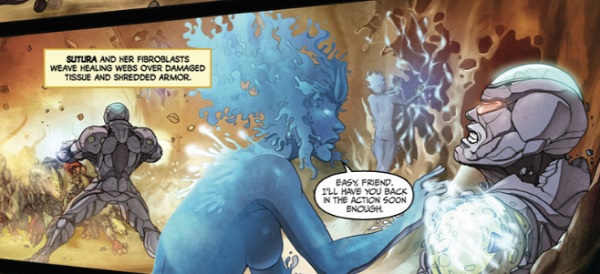
What Is The Role Of Fibroblasts In BioWars?
Anyone familiar with the BioWars series knows that Alex Hawking’s organism – or, in other words, BioCosmos — is home to a series of heroes and villains that fight for predominance and decide mankind’s future.
Sutura and fibroblasts play a major role in this battle, but they’re not exactly your average type of a hero that you will find in a raging battle.
Instead, they provide all the parties with anything they may need to ensure BioWarrior is victorious.
In the BioWars order of things, fibroblasts belong to the class of BioWarrior. They are the equivalent of a wartime medic that helps those who take part in a battle.
Specifically, they heal the wounded fighters’ injuries and propel them back into action or make them capable and prepared to face the challenges of the future.
Fibroblasts can also repel invading microbes by using their collagenous webs to entangle them or make an obstruction that will prevent them from leaving so that BioWarriors can eliminate them for good.
Fibroblasts’ main character reference is Sutura who cares very much about the wounded BioWarriors and tends to them. She is also worried about their safety and well-being on the battlefield. The “Gentle Warrior” risks her own life in order to provide help to those who need it.
Fibroblasts have a much greater role in both our lives and BioWars’ BioCosmos than we may realize – from repairing the damaged tissue of our own bodies to averting malign influence and healing BioWarriors.
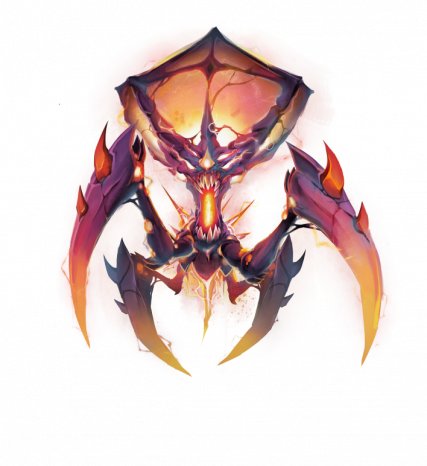
Fibroblasts Fun Facts
Fibroblasts are a fascinating biological fact on their own – but they do pack a punch and come with more surprises than meets the eye (or a microscope).
Here are some cool fun facts about these special cells that you may not have known!
Fibroblasts are important in genetic research because they can be isolated from the human host. In other words, like a skin cell, it can be grown in an isolated environment in a laboratory and examined for genotypes and phenotypes associated with the diseases.
Fibroblasts also provide an ideal cell model system suitable for studying multiple biological events and stages of the disease. To illustrate the point, fibroblasts lend insight into:
- Wound healing
- Cell growth and cell differentiation
- Cancer
- Skin diseases
- Drug toxicology
- Gene delivery
- Genome editing
There are 52 million adults worldwide with joint problems that could be helped with genetically-modified fibroblasts.
So, What Are Fibroblasts? Let’s Recap!
The role of fibroblast cells in keeping us all healthy and maintaining the structural integrity of our bodies cannot be overstated.
Fibroblasts play a vital role in healing wounds and preventing malign foreign bodies from entering the bloodstream and potentially causing all sorts of health hazards and havoc.
In a varied Biowars pantheon of heroes and villains, fibroblasts take on the character of selfless Sutura. Her endless sacrifice and bravery depict the way platelets rush to the area of the injury and secrete the collagen to clot and close up the wound.
Much like B-Cells, Natural Killer Cells and many other types of cells, fibroblasts, too, work overtime to make sure everyone is always in the best condition to heal quickly and face what lies ahead.
